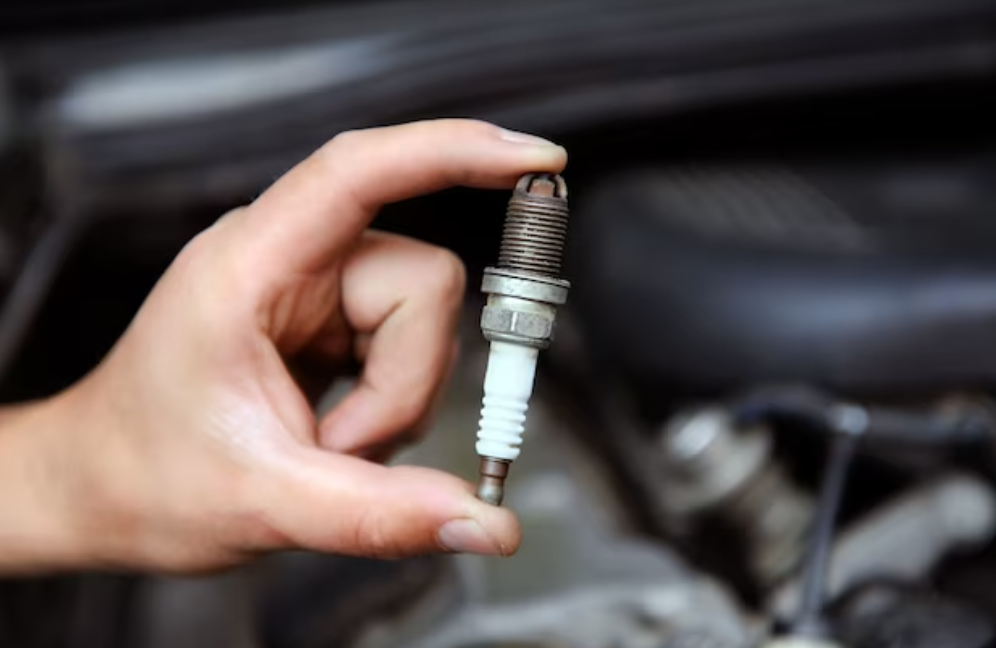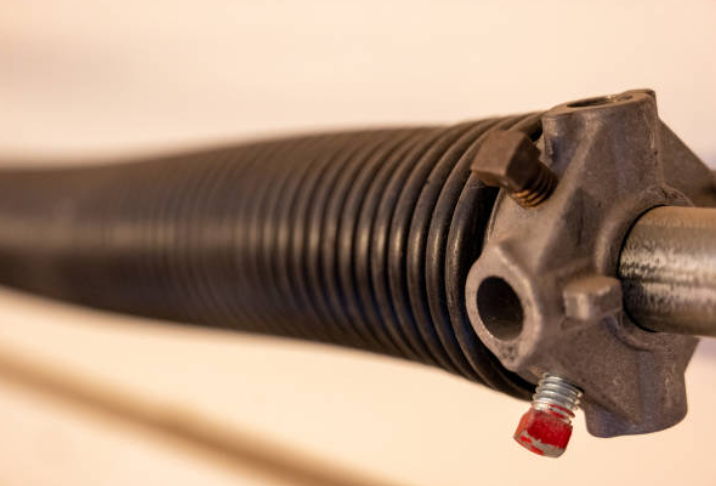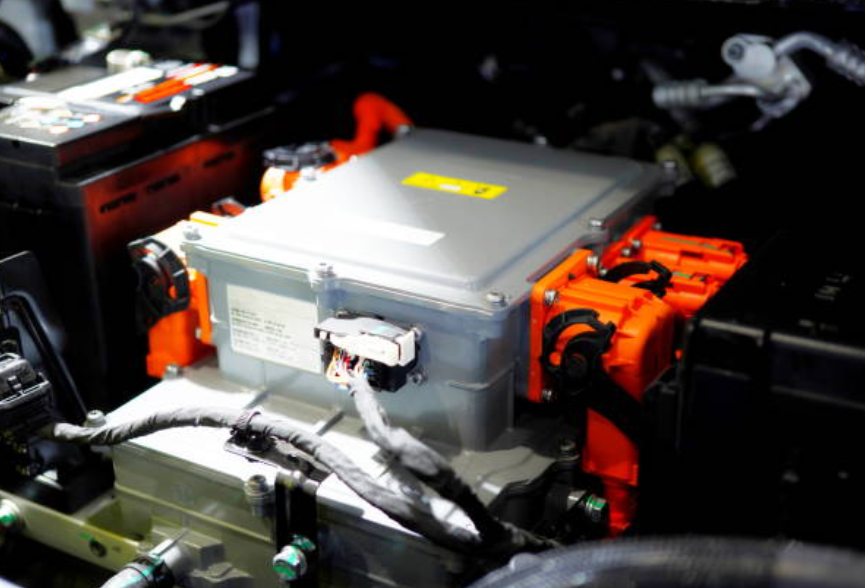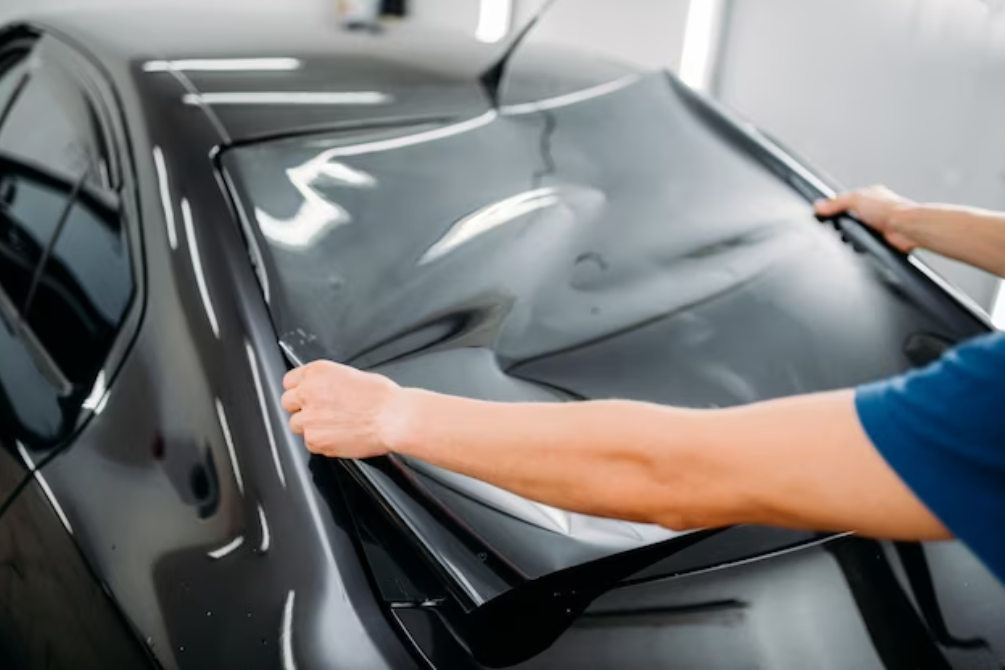How to Gap A Spark Plug
Properly gapping a spark plug is essential for maintaining optimal engine performance and fuel efficiency. Ensuring the correct gap between the spark plug electrodes allows for efficient combustion and reliable ignition. In this blog article, we will walk you through the process of gapping a spark plug, giving you the knowledge and procedures you need to do this easy but critical job.

What is Spark Plug Gapping?
The process of changing the space between the center electrode and the side electrode of a spark plug is known as spark plug gapping. The gap is the space across which the electrical spark leaps to ignite the air-fuel combination in the combustion chamber of the engine. The gap size is crucial for proper ignition and combustion efficiency. Gapping a spark plug involves ensuring that the distance between the electrodes meets the manufacturer's specifications for a specific engine. This process typically requires a spark plug gap tool to measure and adjust the gap accordingly. By correctly setting the spark plug gap, you can optimize engine performance, fuel efficiency, and overall combustion quality.

When gapping spark plugs, it is crucial to consider several important factors. First and foremost, always refer to the manufacturer's specifications or the spark plug manufacturer's guidelines for the recommended gap size. This ensures the correct measurements for your specific engine. Secondly, use a reliable spark plug gap tool to achieve accurate readings and adjustments. Improper tools or techniques may result in inaccurate gaps. Additionally, take into account the electrode material of the spark plug and its compatibility with the recommended gap size. Handle spark plugs with care to avoid damage, as they are delicate components. Aim for consistency when adjusting multiple spark plugs for balanced performance across all cylinders. Lastly, regular maintenance and periodic gap checks help maintain optimal engine performance. By considering these considerations, you can ensure accurate gap adjustments and promote reliable ignition in your engine.
Spark Plug Gap Tool: This specialized tool is essential for measuring and adjusting the gap between the electrodes. It typically consists of a set of wire or feeler gauges with various thicknesses marked on them.
Work Gloves: Wearing gloves will protect your hands from any sharp edges on the spark plugs and prevent oil or dirt transfer onto the plugs during handling.
Safety Glasses: To shield your eyes from any debris or particles that may be thrown around when working on the spark plugs, safety glasses or goggles are advised.
Cleaning Supplies: Having cleaning products on available will help you clean the spark plugs before installing them. This can include a wire brush or spark plug cleaner to remove any carbon deposits or dirt from the electrodes.
Anti-Seize Compound (Optional): Applying a small amount of anti-seize compound to the threads of the spark plugs can help prevent them from seizing or getting stuck in the cylinder head during future removal.
Torque Wrench (Recommended): While not essential, having a torque wrench can ensure that the spark plugs are tightened to the manufacturer's recommended torque specification, avoiding under or over-tightening.
Container or Tray: Keep a container or tray nearby to organize and safely store the spark plugs during the gapping process. This will help prevent any mix-ups or damage to the spark plugs.

Gapping spark plugs is a straightforward process that can be accomplished with a few simple steps. Start by gathering the necessary tools and materials, including a spark plug gap tool, work gloves, safety glasses, cleaning supplies, and optionally, anti-seize compound and a torque wrench. Check each spark plug for wear or damage as you remove them. If necessary, clean the spark plug before using the appropriate gauge on the spark plug gap instrument to measure the gap. Adjust the gap by gently bending the side electrode, verifying the measurement with the gauge. Repeat this process for each spark plug, ensuring consistent gap measurements. Apply anti-seize compound if desired, then install the gapped spark plugs, tightening them to the recommended torque using a torque wrench. By following these steps, you can effectively gap your spark plugs, promoting optimal engine performance and reliable ignition.
-
Can I gap all spark plugs to the same measurement?
When gapping spark plugs for an engine with multiple cylinders, it is generally recommended to maintain consistent gap measurements across all spark plugs. This ensures balanced performance and ignition.
-
Can I reuse the anti-seize compound on spark plugs?
It is generally not recommended to reuse anti-seize compound as it can degrade over time. If you remove a spark plug that has been previously treated with anti-seize compound, it's best to clean it off and apply a fresh layer before reinstalling.
View another article here: The 10 Best Aftermarket Wheels













